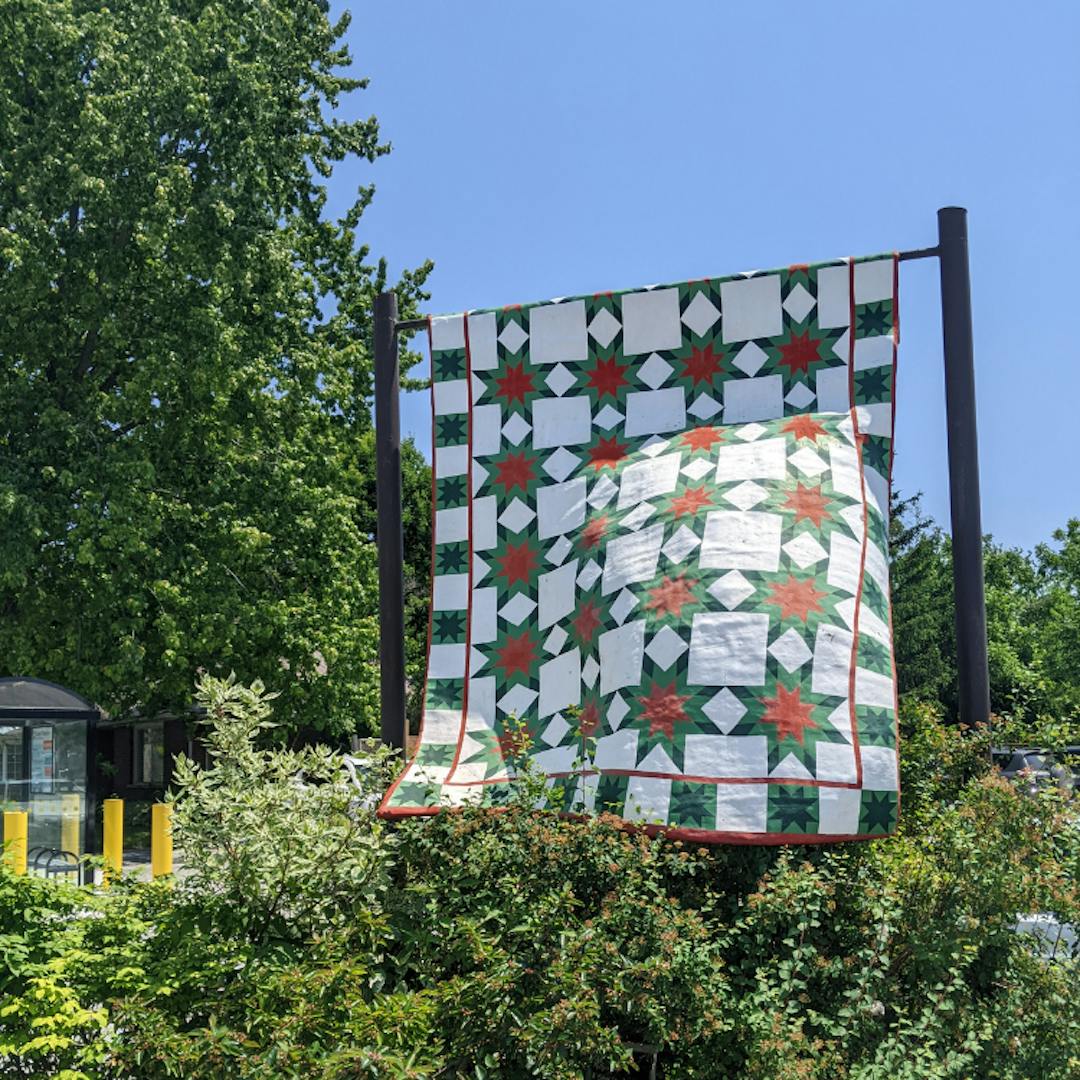Public Art Planning

Public art can help define, reflect, and celebrate our stories and collective identity; create welcoming, safe, and inclusive public spaces; foster civic pride, community cohesion, a sense of belonging, reflection, and shared stewardship of our public spaces; increase access to arts experiences for all community members; and so much more.
The information we gather from the community and key stakeholders this fall will inform the municipality’s strategy for managing public art for many years to come. Thank you for participating!
What is public art?
At its core, public art is created by or through artist-led projects and located in freely-accessible public sites. Installations and activations can be permanent or temporary, and range widely in scope and scale. Public art can play a key role in placemaking and is often created specifically for a particular site (see “Site specific” definition below).
Public art can take many forms - from murals and sculptures to festivals and light installations and can be incorporated into landscape design, streetscaping and wayfinding elements, and more. It is created by artists or through artist-led projects. Public art can be acquired/created through commissions (e.g. by a municipality, private developer, businesses, etc.), donations, or initiated by the community.
Public art can be:
- Site specific - A work that is created as a response to its immediate context and which would lose its meaning, function or relevance if moved to another location.
- Independent - A freestanding work that is created independent of its site, and that could be moved to another location without losing its meaning and aesthetic qualities.
- Integrated - A work that is directly integrated within the physical architecture or structure of a site. Integrated artworks may be functional and part of the design of open space, infrastructure projects, built form and building façades, windows, surfaces, streetscape, etc.
Background
Following the events that transpired in 2020 around the donated "Holding Court" sculpture that had been installed on Picton Main Street, County Council passed Motion 2020-667. Among other things, this motion directed municipal staff to develop a public art policy for Prince Edward County in consultation with the Prince Edward County Arts Council (County Arts).
At the July 27, 2023 Committee of the Whole meeting Council voted to:
“Place a temporary 18-month moratorium on permanent public art installations on municipal property until a Public Art Plan and Policy are in place;
Develop and adopt procedures to govern requests for temporary public art installations on municipal property until a Public Art Plan and Policy is in place; and
Direct staff to commence extensive public consultation, led by County Arts, to inform the Public Art planning process, and return to Council in Q4 2024 with a draft Public Art Plan, prepared by County Arts with staff support, to inform the future Public Art Policy for Prince Edward County.”
----
Banner image - from L-R - 1. Wisdom of the Universe, Christi Belcourt (St. Andrew's Presbyterian Church, Picton); 2. Silent Expectation, Philippe Palafray (Wellington Heritage Museum); 3. Do You Belong Here: Open Minds Open Hearts, Artists from ROC Youth Services supported by County Arts Facilitators (Benson Park, Picton); 4. The Department of Illumination's Firelight Lantern Festival; 5. "Wellington" Picnic Table, Nella Casson/The Department of Illumination.
Project image - Bloomfield Star, Laurie McGugan (Bloomfield)

